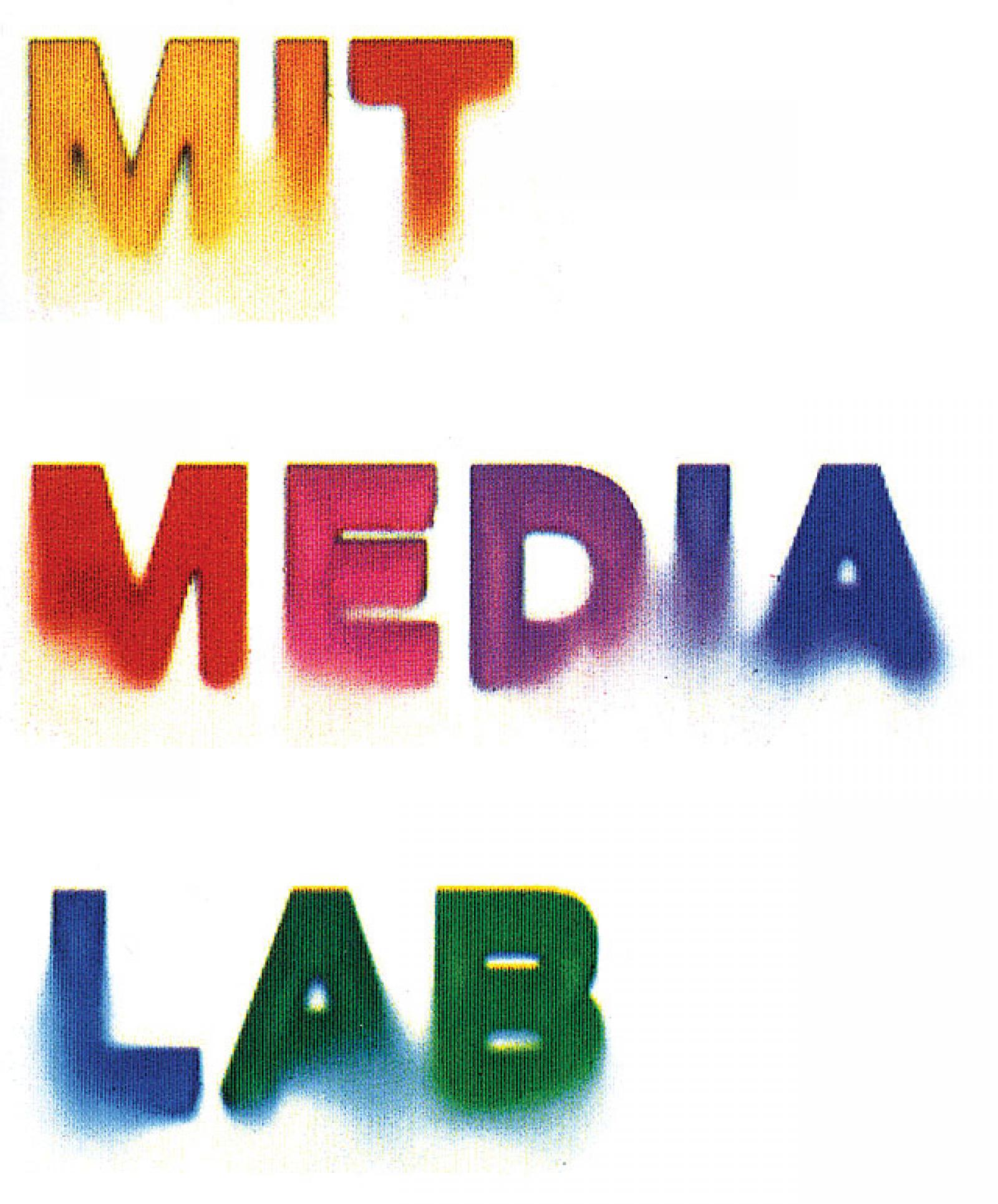
MIT Media Lab
In 1985 the Visible Language Workshop, the MIT Architecture Machine Group, and the Center for Advanced Visual Studies (CAVS) were combined to form the MIT Media Lab. There Cooper joined its new director Nicholas Negroponte and faculty members such as Marvin Minsky and Seymour Papert. She personally knew many of her new colleagues, having earlier worked with them on their books published by MIT Press.
She taught and influenced a generation of students who later became prominent digital designers, including Lisa Strausfeld (a partner at Pentagram Design), and John Maeda, who succeeded her at the MIT Media Lab, and then served as president of the Rhode Island School of Design from 2008-2013.[3][16]
In 1994, at the TED 5 conference in Monterey, California, Cooper presented a collection of work that had been recently done by her students in the VLW. The demos demonstrated experiments in dynamic, interactive, computer-based typography, themes which Cooper had been exploring through much of her career.[17] In 1978, had Cooper co-authored a "Books without Pages" proposal to the National Science Foundation to explore computer typography and computer workstations. Although the NSF declined to fund the project, she obtained support from the Office of Naval Research and the Defense Advanced Research Projects Agency (DARPA), a funding source later used by the Media Lab.[7]
In addition to Cooper's involvement in the VLW and TED5, she also worked with groups such as the Special Interest Group on Computer Human Interaction (SIGCHI) of the Association for Computing Machinery.[8] Her interests in computer graphics and typography anticipated later developments in user interface on personal computers and smartphones.[7]